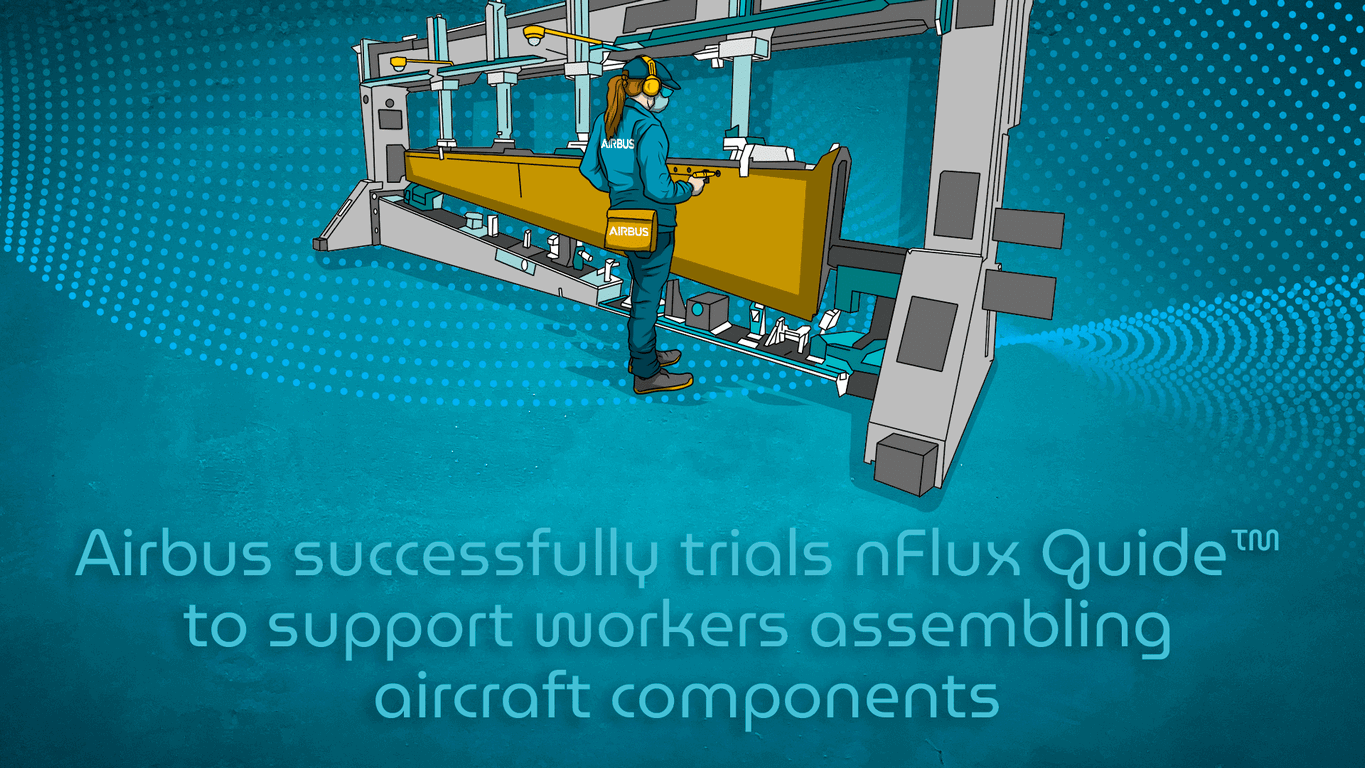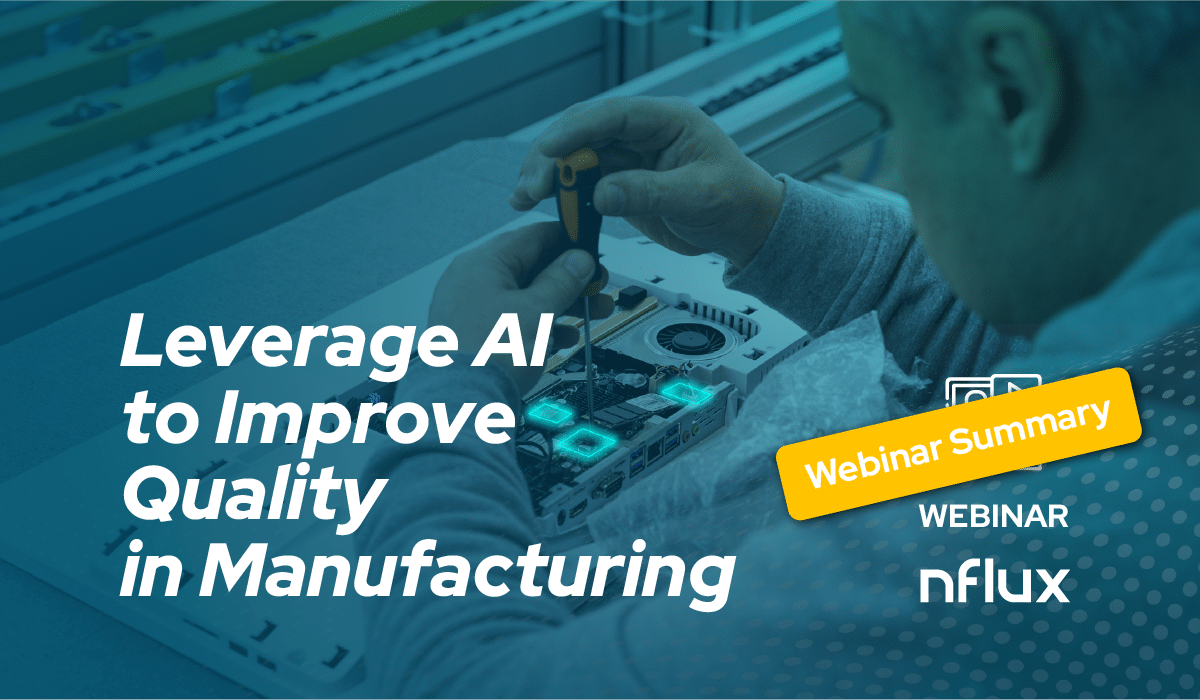The MWC this year was organized around 5 key themes, with “Digital Everything” being the one that closely aligns with nFlux’s vision. The event highlighted how digitalization, IoT, and the convergence of the real and digital worlds can transform the manufacturing industry, as it moves towards Industry 4.0 and beyond.
The discussions at the MWC showcased the latest advancements in digital manufacturing, with a specific focus on warehouse management and workplace security applications. The ongoing challenges faced by manufacturers, particularly the “triple squeeze” of the last couple of years mentioned before, have increased the need to adopt technologies that can address various challenges simultaneously. During the MWC conference sessions, Qualcomm executives noted that over 80% of warehouses are yet to be automated, and more than 82% of companies experience unplanned downtimes, which costs them over $50 billion annually.
The manufacturing tech industry is constantly evolving, and there is now a vast ecosystem of applications and technology solutions designed to tackle each and every pain point faced by manufacturers. However, the concurrent operation of multiple applications and technologies at the shop floor demands new communication and networking platforms that can provide flexibility, interoperability, and reliability for the whole production process. In this regard, 5G private networking is the perfect answer to meet the present and future needs of the industry.
5G technology is crucial for digital transformation
5G wireless technology offers ultra-reliable, extremely low latency, and high throughput service levels that are crucial for supporting digital transformation schemes now and in the future. Its high bandwidth supports demanding, data-intensive applications, while its extremely low latency ensures that machine control and safety-critical systems always perform as expected. Moreover, its wide coverage areas with seamless handoffs between access points provide consistent connectivity with predictable performance to support widespread industrial IoT (IIoT) deployments and other industrial applications such as autonomous mobile robots (AMRs) that require uninterrupted connectivity while in motion. Finally, its built-in security features protect networks and data with robust authentication, identity protection, and encryption.
nFlux solution is an integral part of the manufacturing tech ecosystem, and it has strong requirements for latency and bandwidth at the shop floor. nFlux provides manufacturers with complete visibility of their operations, including manual assembly, and offers a significant reduction in their current cost of poor quality through real-time video feedback to workers executing highly regulated procedures. This feedback can lead to an increase in workers’ productivity while reducing waste associated with trial-and-error executions. Additionally, it improves operational excellence by enhancing visibility, control, orchestration, and automation of manufacturing activities.
nFlux is enthusiastic about being a part of the emerging ecosystem of Manufacturing Execution Systems (MES) and new Industry 5.0 applications over 5G private networks. We have already initiated discussions with relevant players in the space, demonstrating their commitment to staying at the forefront of cutting-edge manufacturing technologies.



